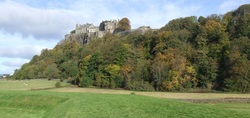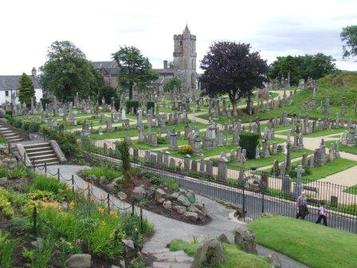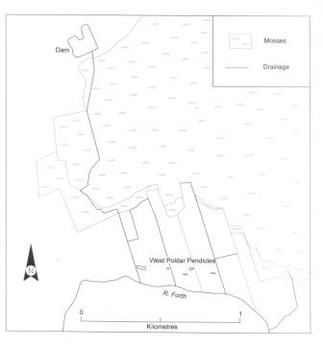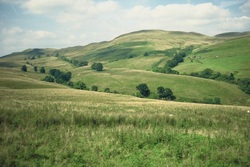My reply to a telephone enquiry about the Battle of Airthrey was more or less as is set out here, though without the references, of course. To my surprise I now hear, via another enquiry, that I am credited with supporting the idea that such a battle took place. That is far from the truth.
The Battle of Airthrey is a myth. There is no reason to believe that such a battle took place. And, even if there was a battle between the Picts and the Scots around the year 840 AD, it was not the decisive event which gave rise to modern Scotland.
You can read some of the evidence here and get further detail via the references. The story could be amplified - but more evidence will not make the battle more real.
Note that this story is about myth-making, not about 9th century Scotland!




 RSS Feed
RSS Feed